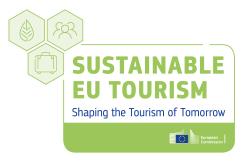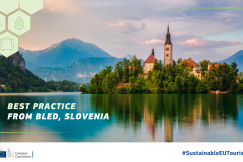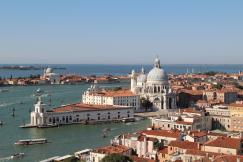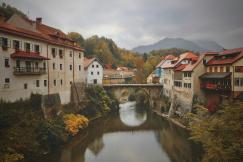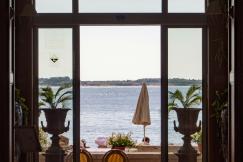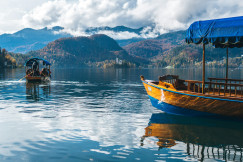Best practices
25 June 2025
Sustainable EU Tourism project - best practice: Bohinj
Best practices
25 June 2025
Cultural tourism
Ecotourism
Mountain tourism
+11 more
Login / create an account to be able to react
-
5
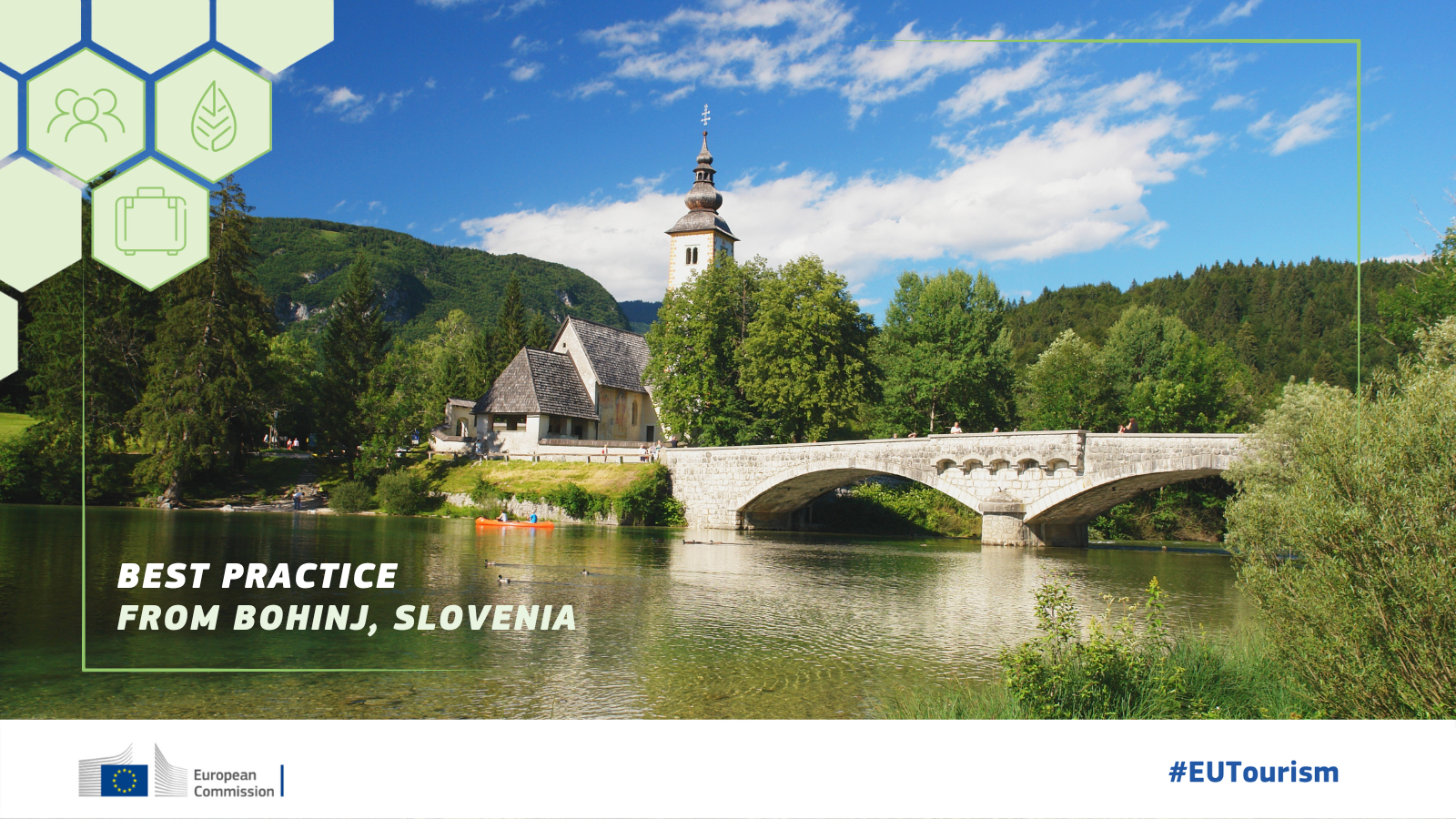
Bohinj, Slovenia, located within Triglav National Park, has implemented a comprehensive sustainable mobility strategy to address the environmental and infrastructural pressures of high seasonal tourism. Through traffic zoning, expanded public transport, digital tools, and community engagement, Bohinj has significantly reduced car traffic and promoted eco-friendly travel, enhancing both visitor experience and residents' quality of life.
Topics
Slovenia
Destination Management & Marketing Organisations
Local Authorities
-
Specific types of tourism
-
-
Cultural tourism
-
Ecotourism
-
Mountain tourism
-
Rural tourism
-
-
Transition Pathway Strategic Areas
-
-
Best practices, peer learning and networking
-
Governance of tourism destinations
-
Sustainable mobility
-
Tourism strategies
-
Well-being of residents
-
-
Business activities
-
-
Activities of associations and other organisations supporting tourism
-
Other
-
Other tourism transportation activities
-
Rail Passenger transport
-
Road passenger transport
-
Share
Bohinj, Slovenia, has been recognised as a best practice by the Sustainable EU Tourism project for its innovative approach to sustainable and smart mobility. With over 10,000 beds and a high influx of summer tourists, Bohinj faced increasing pressure on its natural environment and transport infrastructure. In response, the local Destination Management Organisation, a subsidiary of the municipality, developed a traffic calming model in 2007, which has since evolved into a comprehensive mobility strategy.
Key measures include dividing the municipality into traffic zones with different restrictions, expanding public transport with bike-friendly buses, and launching the Bohinj MOBILITY guest card, offering free transport and discounts. The destination also developed a network of hiking and cycling trails, introduced a real-time transport app, and participated in European Mobility Week. Moreover, also included establishing the Bohinj Railway Consortium to create a sustainable transport system between the Alps and the Adriatic Sea, based on the Bohinj railway line
The strategy has led to a 50% increase in bus passengers between 2019 and 2023, the closure of a major lakeside parking lot, and high resident satisfaction with mobility improvements.
This best practice is important because it demonstrates how a rural, nature-based destination can effectively manage tourism pressure through integrated mobility planning, stakeholder collaboration, and behavioural change.
For more details on the key challenges the destination has faced, and the solutions implemented to address them, please refer to the attached document.
#Destination management #Sustainable tourism #Mobility #Smart destinations #Public transportation #Combined mobility #Intermodal transportation #Cycling infrastructure #Walking paths #Innovation in tourism #Stakeholder engagement #Community engagement #Travel technology #Ecotourism
Documents
Comments (0)
Related content
See also
-
14
Sustainable EU Tourism - Key challenges and best practices
- Categories
- Coastal, maritime and inland water tourism Cultural tourism Ecotourism +64 more
-
10
Sustainable EU Tourism project - best practice: Bled
- Categories
- Ecotourism Mountain tourism Rural tourism +8 more
-
7
Sustainable EU Tourism project - best practice: Barcelona
- Categories
- Cultural tourism Gastronomy tourism MICE tourism +37 more


